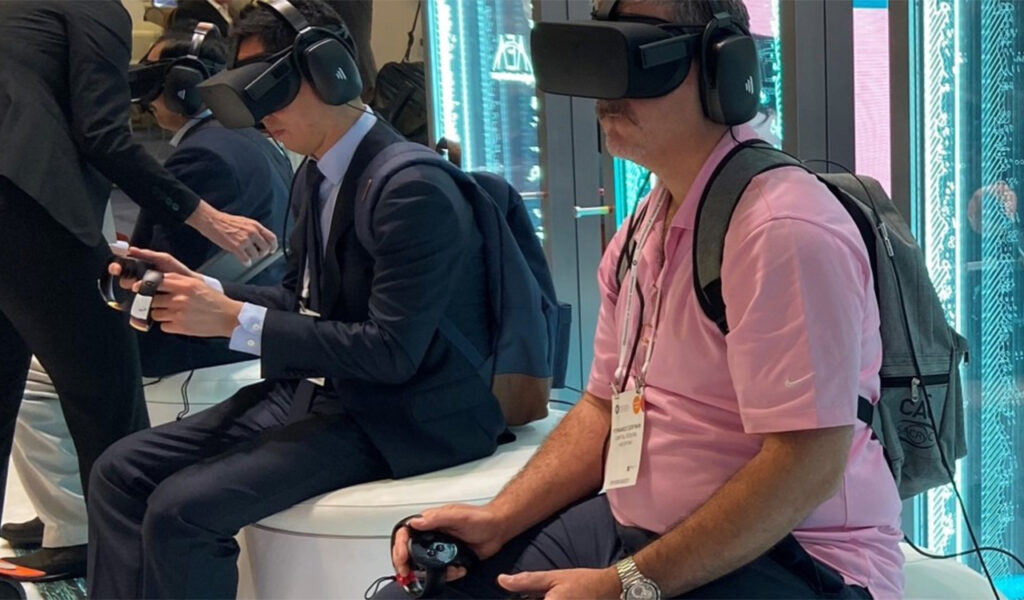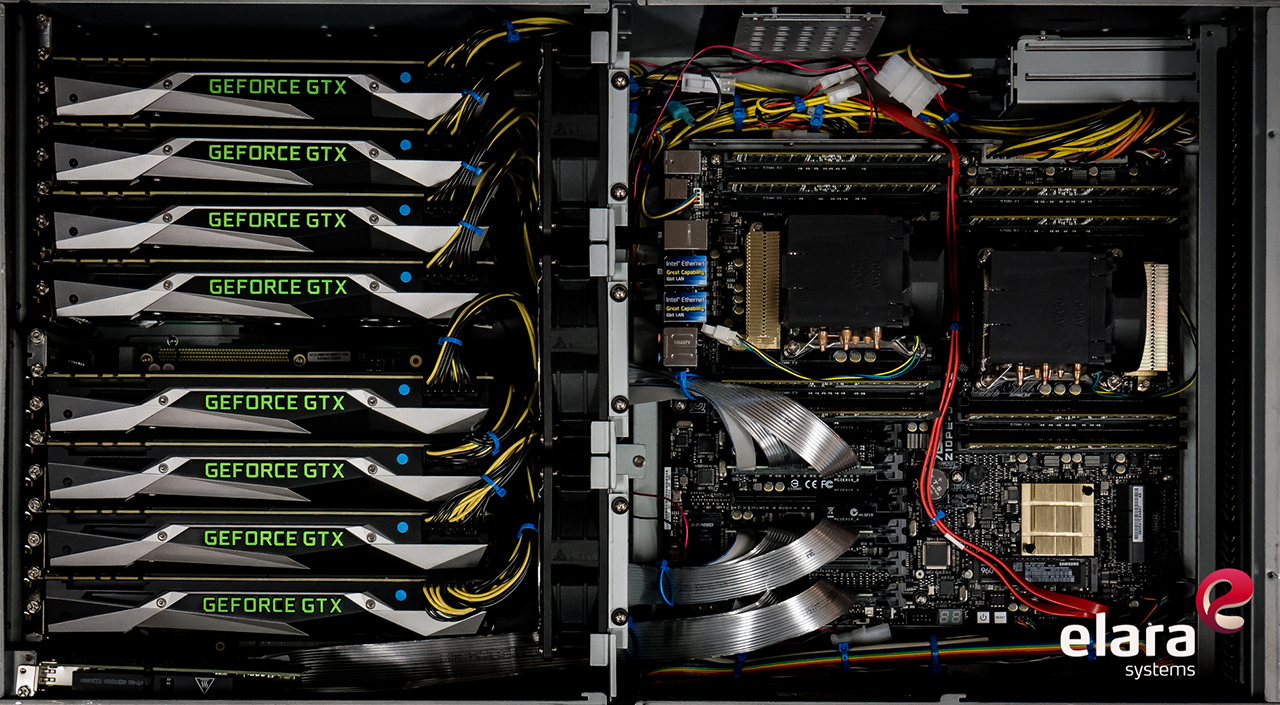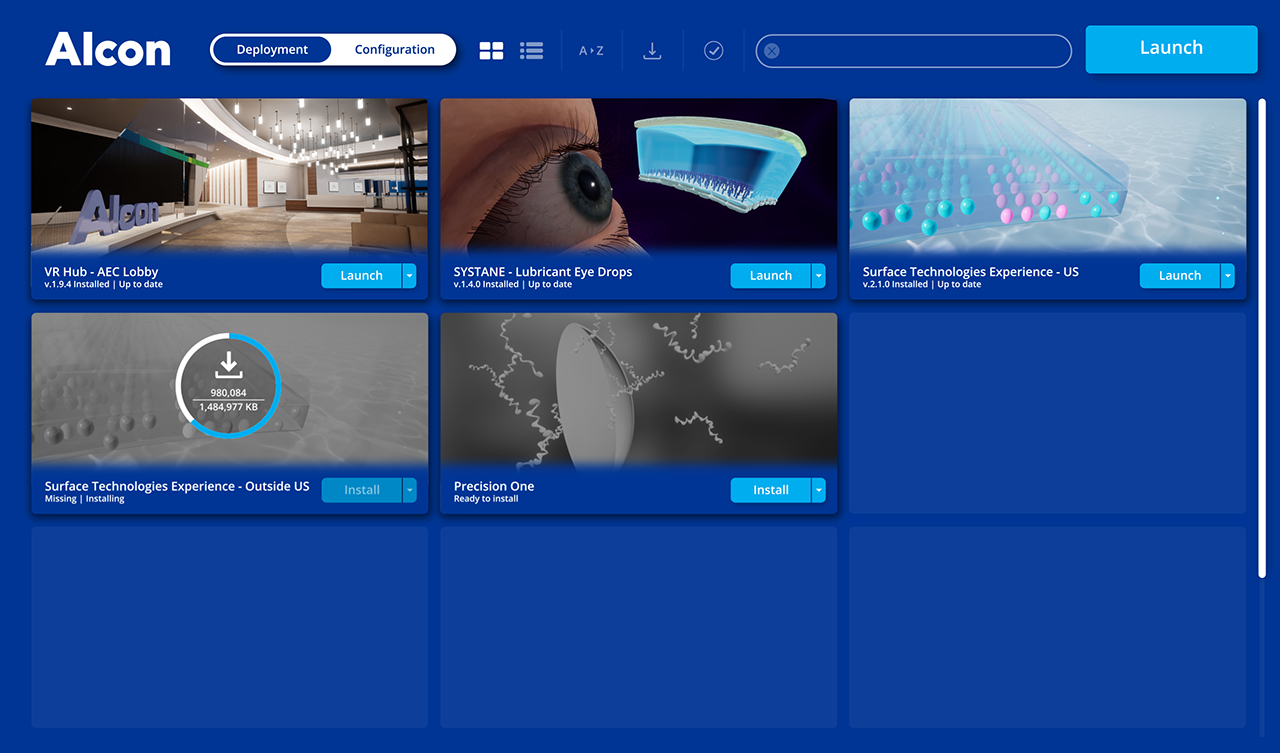3 Key Software Implementation Challenges for XR in Healthcare Solutions

As XR begins to gain traction and adoption within the healthcare industry, much can be learned from the developers and leaders hard at work on implementation.
Members of the AIXR Healthcare Advisory Panel are working together to establish the standards, processes, and tools needed to ease the implementation and success of XR in healthcare. With expertise in enterprise XR deployment, Elara Systems is committed to pioneering new technologies and increasing the impact and proliferation of extended reality content.
3 Key Implementation Challenges: Software Solutions, Hardware, and Logistics
The AIXR Healthcare Advisory Panel has identified the above 3 key implementation challenges of long-term XR integration in healthcare. The goal of this article is to define these challenges and to provide solutions to help ease resistance in implementation.
1. Software: Developing Strategic XR Content for Enterprise (B2B)

Challenge: XR content is software that is developed within a game engine to enable the display of interactive 3D graphics. A game engine is a software-development environment, such as Unity or Unreal, designed for people to build video games for consoles, mobile devices, and personal computers. Since XR content demand is currently highest in the gaming industry and in other business-to-consumer (B2C) models, it is sometimes unclear whether these game engines, and developers lacking medical knowledge, can meet the specific and often nuanced needs of the healthcare enterprise (B2B).
Solution: It is important for XR developers targeting healthcare organizations to push away from the entertainment-oriented stigmas that are generally associated with XR, and work to fill the niche of XR development focused on technical and creative solutions for the healthcare enterprise market.
2. Hardware: Device Management at Scale

Challenge: Whether XR content is developed for stand-alone VR headsets like the Oculus Quest or tethered experiences which require gaming-ready computers, the devices required for XR are not typical managed inventory at hospitals and clinics. As XR begins to integrate and support pre-existing models and training initiatives, questions relating to hardware maintenance, security, troubleshooting, and device sterilization can begin to surface.
Another hardware challenge is scalability. The use of XR in a controlled environment, i.e. tradeshow product launch, might initially appear to go smoothly on a few devices. But what happens when this hardware is deployed company-wide, to all providers and field representatives, globally? It is easy to understand why large healthcare companies might be hesitant to add new devices into the mix.
Solution: As with any software or hardware solution being implemented at scale, it is important to adopt a forward-thinking approach. Proper planning will allow for better support pathways, visibility and control over employee use and operation, and provide tracking of data for later evaluation of implementation success. An extensive plan with your developer should help guide the formation of new IT protocols and processes, which will in turn help secure, track, and maintain a varying array of enterprise XR devices.
3. Logistics: Security and Distribution

Challenge: The healthcare industry and its regulators have strict compliance standards when it comes to healthcare privacy and the security of patient information. All XR devices and developed content must adhere to the same standards of software and device solutions. This can be a major challenge when attempting to remotely manage, monitor, and push XR updates. Manually loading XR software onto a handful of headsets may work well for a single deployment, but what does this process look like for 1,000 headsets? This challenge is well understood, and it is currently being addressed by the AIXR Healthcare Advisory Panel and other leaders in the XR industry. Both Oculus and Vive have their own enterprise programs to help manage deployed hardware, but many developers are choosing another path towards ease of deployment.
Solution: In order to ensure security and compliance, many developers are creating custom release channels for enterprise XR content, which helps to ensure the right people have access to the right content. Working with an XR industry leader that can develop your own proprietary distribution software will be a huge leap towards meeting these compliances.
Conclusion
As enterprise XR solutions continue to proliferate and achieve success in the healthcare industry, new challenges will continue to present themselves. If you’ve experienced an issue or challenge in implementation not discussed in this article, please feel free to comment or message the AIXR Healthcare Advisory Panel. We are all about easing the implementation of XR in Healthcare and would welcome your input.
